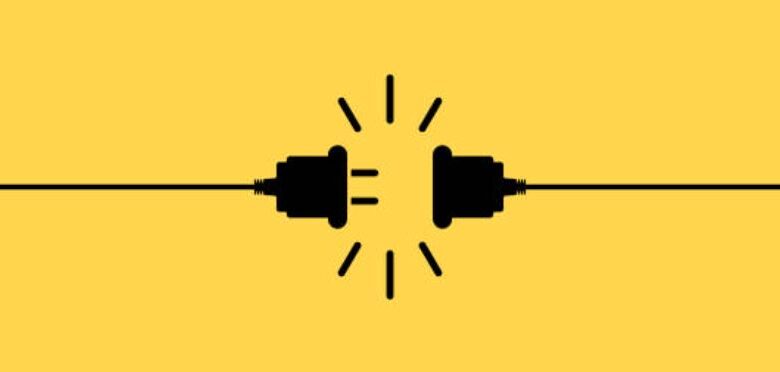Why Taking Breaks from Screens is Essential for Your Well-Being

In our modern, tech-centric world, screens have become an integral part of daily life. From smartphones and tablets to computers and televisions, we are constantly engaged with digital devices. While technology offers numerous benefits, excessive screen time can negatively impact our health, both physically and mentally. Embracing a digital detox—periods when we consciously step away from screens—can significantly improve our well-being. In this article, we’ll delve into the reasons why taking breaks from screens is essential and offer practical tips to help you unplug and recharge.
The Hidden Costs of Excessive Screen Time
Our digital devices are designed to be engaging and addictive, often keeping us glued to screens for hours on end. This constant exposure can lead to several health issues:
- Eye Strain and Discomfort: Staring at screens for prolonged periods can cause digital eye strain, characterized by dry eyes, blurred vision, and headaches. The blue light emitted from screens can disrupt your circadian rhythm, making it harder to fall asleep and affecting overall sleep quality.
- Poor Posture and Physical Pain: Extended screen use often leads to poor posture, which can contribute to back, neck, and shoulder pain. The sedentary nature of screen use also increases the risk of developing repetitive strain injuries like carpal tunnel syndrome.
- Mental Health Implications: Excessive screen time, especially on social media, is linked to increased levels of anxiety, depression, and stress. The constant exposure to curated and often idealized images can lead to feelings of inadequacy and lower self-esteem.
- Reduced Productivity and Focus: Ironically, while screens are supposed to make us more efficient, they can lead to decreased productivity. The constant notifications and multitasking can fragment our attention, making it difficult to focus on tasks and diminishing our overall efficiency.
The Benefits of a Digital Detox
Taking regular breaks from screens can offer numerous benefits for your health and well-being:
- Improved Eye Health: Reducing screen time allows your eyes to rest and recover from digital strain. Engaging in activities that don’t involve screens, such as spending time outdoors or reading physical books, can help alleviate symptoms of eye strain.
- Better Posture and Reduced Pain: Periodic breaks from screens encourage you to stretch and move, which can improve posture and reduce physical discomfort. Incorporating ergonomic practices into your workspace can also help mitigate physical strain.
- Enhanced Mental Clarity: A digital detox provides a mental break from the constant influx of information and notifications. This can lead to improved focus, reduced stress, and a greater sense of mental clarity.
- Increased Quality of Sleep: By limiting screen time before bed, you can improve your sleep quality. Reducing exposure to blue light helps regulate your circadian rhythm, making it easier to fall asleep and stay asleep.
- Stronger Relationships: Taking time away from screens allows you to engage more fully with those around you. Face-to-face interactions and quality time with loved ones can strengthen relationships and improve your overall sense of connection and well-being.
Practical Tips for a Successful Digital Detox
Incorporating a digital detox into your routine doesn’t have to be daunting. Here are some practical tips to help you unplug effectively:
- Set Screen Time Limits: Use built-in tools on your devices to set limits on how much time you spend on certain apps or websites. This can help you become more aware of your screen time and make it easier to reduce it.
- Schedule Screen-Free Times: Designate specific times during your day when you will be screen-free. For example, you might choose to avoid screens during meals or before bedtime. Use this time to engage in offline activities that you enjoy.
- Create a Tech-Free Zone: Designate certain areas of your home, such as the dining room or bedroom, as tech-free zones. This encourages you to be more present and engaged in the activities that occur in these spaces.
- Practice the 20-20-20 Rule: To reduce eye strain, follow the 20-20-20 rule: every 20 minutes, look at something 20 feet away for at least 20 seconds. This simple practice helps alleviate digital eye strain and gives your eyes a break.
- Engage in Offline Activities: Find hobbies and activities that don’t involve screens, such as reading, cooking, exercising, or spending time outdoors. Engaging in these activities can help you balance your screen time and enhance your overall well-being.
- Establish Tech-Free Rituals: Incorporate tech-free rituals into your daily routine, such as reading a physical book before bed or going for a walk without your phone. These rituals can help create boundaries between your digital and offline life.
- Mindful Technology Use: Be intentional about your screen time. Choose to engage with technology in ways that enrich your life rather than detract from it. This might involve curating your social media feeds to include positive and inspiring content or setting specific goals for your digital activities.
Conclusion
In a world where screens dominate our daily lives, taking time to step away from digital devices is more important than ever. A digital detox can help alleviate physical discomfort, improve mental clarity, and enhance overall well-being. By incorporating simple practices to reduce screen time and engage in offline activities, you can create a healthier balance and reap the benefits of a more mindful approach to technology. So, take a break, unplug, and rediscover the joys of the offline world—your body and mind will thank you.




